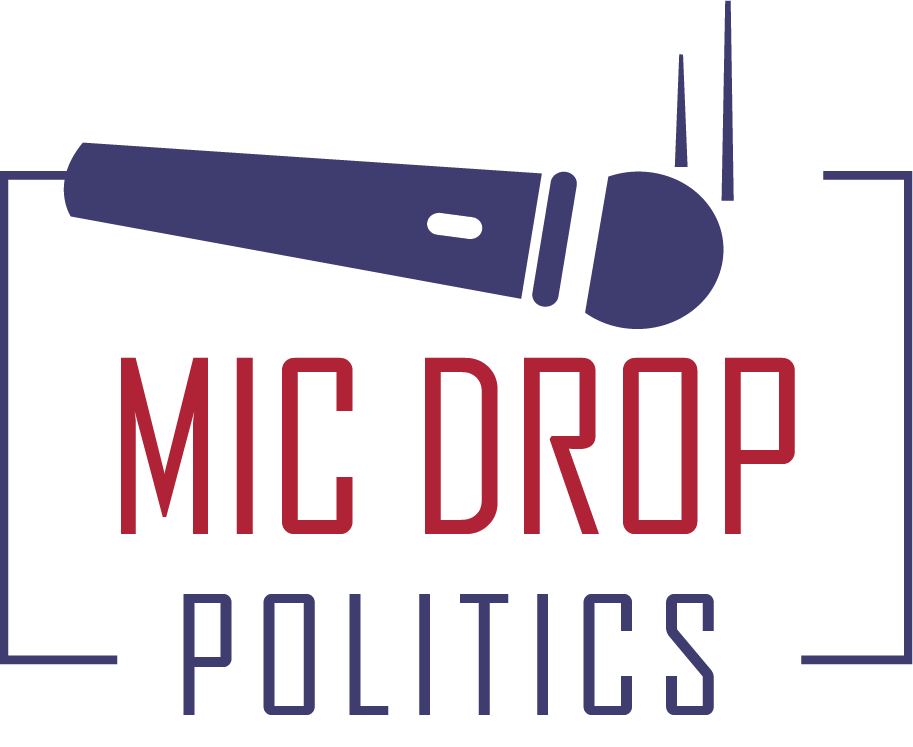The war that Hamas started is nearing the end of its second year, and the world is still fixated on the ongoing battle. The Israeli cabinet’s recent decision to occupy Gaza City has set off a new round of speculation about the fate of Hamas and the people under its thumb. But the quality of the information informing public discussion about the war has often been dismayingly bad. Some of this is due to the inveterate naiveté large sections of the media establishment display about the available sources in Gaza, and some to the relentless work of anti-Israel activists. Together, they have revealed to America’s enemies a potent weapon they can use against U.S. forces in future conflicts.
During previous conflicts, Hamas and its allies developed a relatively successful propaganda strategy focused on large, splashy accusations of Israeli atrocities. They put this plan into action 10 days after their initial murderous Oct. 7 attack, well before Israeli troops entered Gaza, when they claimed that Israel had bombed Al Ahli Arab Hospital, allegedly killing hundreds of civilians.
This time, Israel and its allies were ready for Hamas’s propaganda. The Israeli and U.S. governments quickly debunked Hamas’s false claims and showed that militants in Gaza had, probably inadvertently, rocketed their own hospital. Fortunately, the damage to innocent bystanders was minimal. Despite the best efforts of anti-Israel leaders such as U.N. secretary general António Guterres and Vladimir Putin to play up the story, the first major propaganda bomb fizzled out.
Hamas and its allies reconfigured their tactics. Rather than hoping for a big story to delegitimize Israel’s counteroffensive, they pounded out a steady drumbeat of falsehoods. A Hamas-controlled organization produced highly suspicious tallies of deaths in Gaza, which then-president Joe Biden and his defense secretary Lloyd Austin both cited uncritically. The new propaganda campaign produced some headlines and, during the previous administration, some pressure from Washington against further Israeli actions against Hamas, but it did not force Israel to withdraw.
Israel’s recent actions to bypass Hamas-controlled humanitarian aid channels and send food straight to hungry Gazans forced Hamas to change its tactics yet again. Over the past few weeks, the media have breathlessly reported lurid stories of starving civilians and massacres near the Israel-supported aid locations.
Many of these stories fall apart upon closer inspection. In some cases, Israel has released videos proving that the supposed massacres never took place. But by the time the Israelis showed what actually happened, Hamas has released more equally implausible stories that generate new headlines.
Alternative media have been no better. Podcast hosts who supposedly question conventional wisdom regurgitate the same claims as their established competitors. Some even sympathetically interview disgruntled former employees of these aid organizations who only lobbed accusations of atrocities after their begging for new work failed.
Although it is currently fighting Israel, Hamas is creating a template America’s adversaries can use in future conflicts with the United States. The next time American troops go into combat against a major enemy, they can expect an incessant stream of reports about alleged massacres and other war crimes.
Many of these atrocities will not be based on anything that actually occurred, but they will nonetheless draw the attention of American media organizations. If the pattern holds, the disaffected people who dominate American mainstream and alternative media will eagerly seize upon these stories to attack their ideological rivals in the United States. Retired veterans with dubious records will endorse these claims. Policymakers should thus expect to start any conflict in a hostile media environment.
The U.S. government has a dismal track record at dealing with such propaganda. The campaign to expose false-flag operations and other lies in the leadup to Russia’s massive attack on Ukraine in February 2022 failed to deter Vladimir Putin, but it made clear to most observers who started the war and why.
But for every mixed result, there are plenty of unadulterated failures. At one point, the State Department tried to disrupt ISIS’s online recruitment campaign by hiring people to argue with ISIS on social media platforms. Shockingly, this did not work well. Collaborations with social media companies to tamp down on disinformation reduced ISIS’s online presence somewhat, but the effort quickly spiraled into crazy censoriousness.
These facts point to an important civic duty for the press—and an interesting business opportunity as well. Debunking lies told by enemies who want to hurt Americans is a good thing to do, and news organizations that do that are performing an important public service.
This is an opportunity to do good and to do well. After all, why would anyone pay a subscription to get bad information about important matters when plenty of others do that for free?
The post What America Can Learn from the Hamas Propaganda War appeared first on .

Comments are closed.